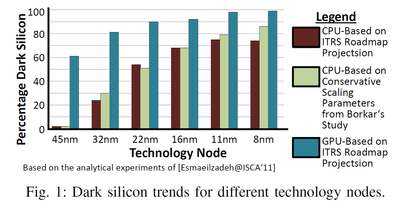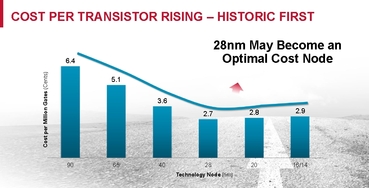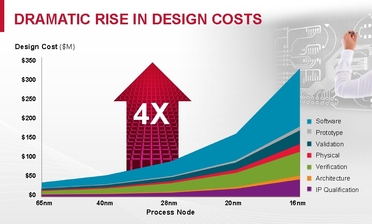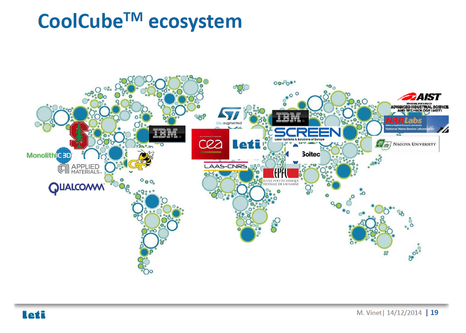Looking for the light at the end of the tunnel, we can quote ARM's CTO, Mike Muller in Cadence's blog titled ARM Keynote: Will ‘Dark Silicon’ Derail The Mobile Internet? : "So how to light things up? Muller started with three suggestions:
- Push forward on new silicon technologies such as silicon-on-insulator (SOI),
- Use energy-efficient, high-density memories to fill some of the "dark" space.
- Combine the best process technologies to fulfill various functions with 3D ICs, which will "become a critical part of how we deliver power-efficient solutions."
And at IEDM 2014 we could see multiple papers on monolithic 3D technologies and memories such as R-RAM being formed as part of the Back End Of Line on top of the logic, forming effectively monolithic 3D circuits. It should be pointed out that in the general case of monolithic 3D the upper transistor layers are naturally SOI so achieving even better power efficiency by combining the SOI reduction of transistor threshold while reducing the average interconnect length, further reduces interconnect power and delay. CEA Leti had a workshop presenting their momentum on monolithic 3D through collaboration with ST Micro and IBM and supported by Qualcomm titled CoolCube™, a powerful approach for further 3D VLSI scaling. The following chart from Leti presentation illustrates the monolithic 3D build up of world wide ecosystem:
So while traditional dimensional scaling looks darker, the emerging monolithic 3D technology is poised to bring back the light.
PS
A good conference to learn about these emerging technologies - SOI-3D-Subthreshold - is the IEEE S3S ‘15, inSonoma, on October 5th thru 8th, 2015.














 RSS Feed
RSS Feed